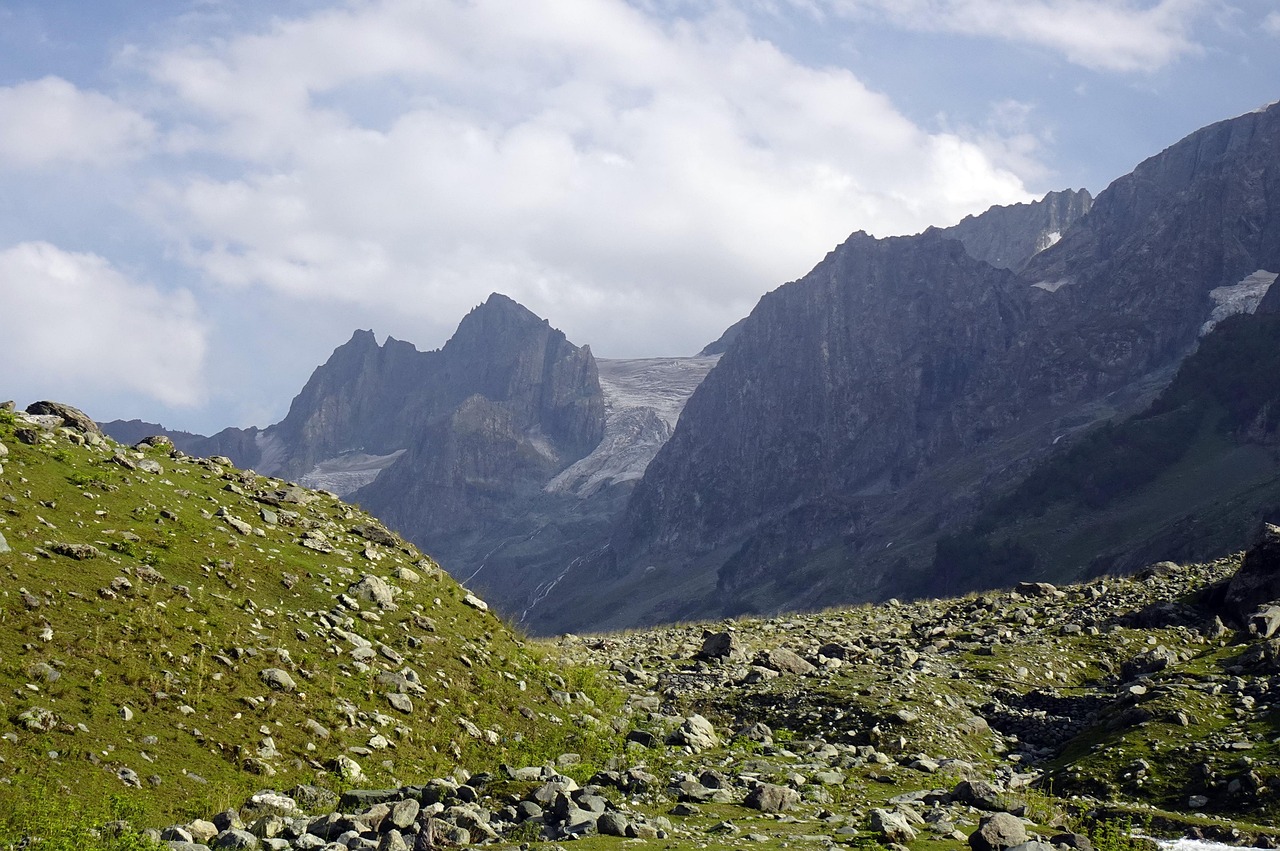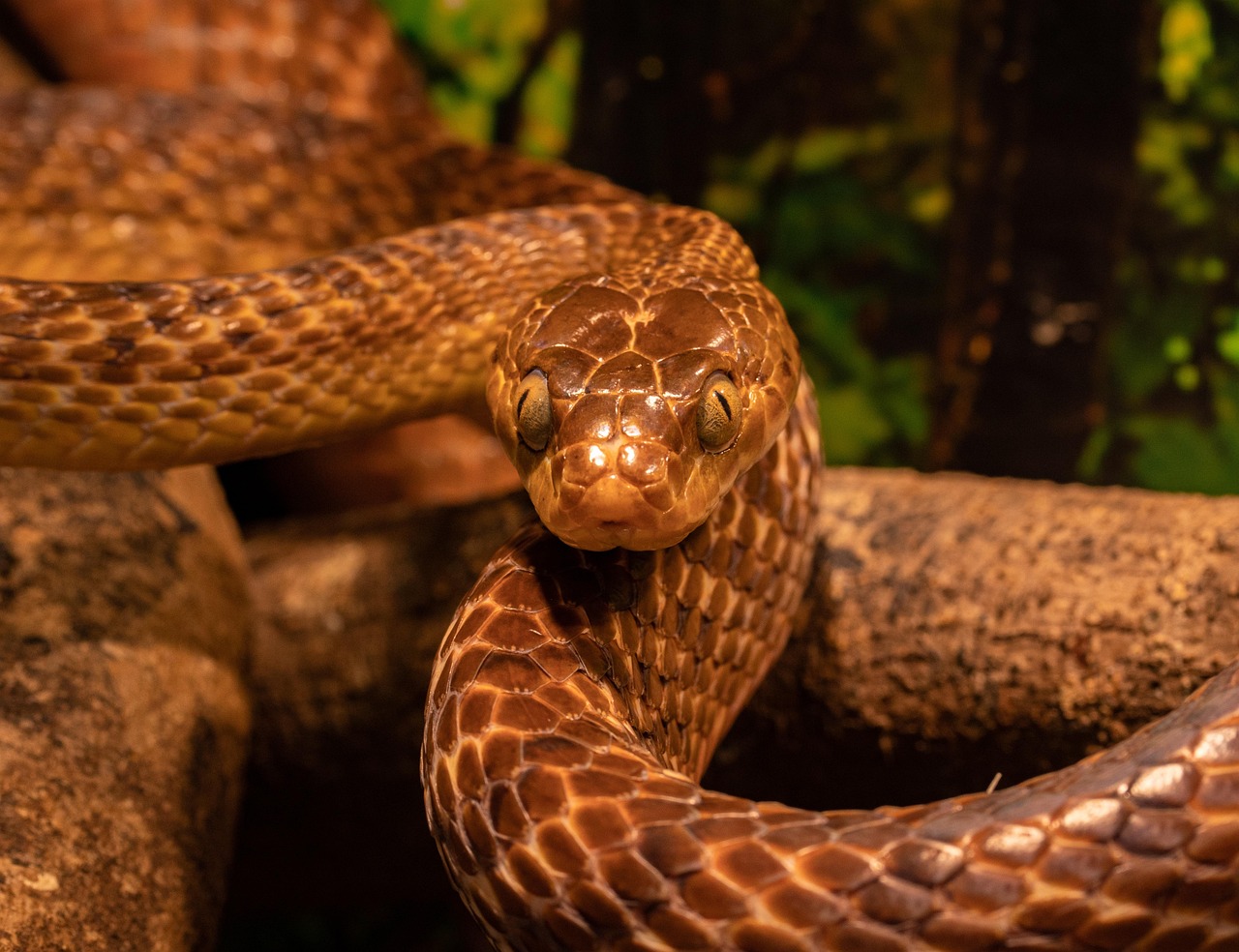The Deodar tree, or Cedrus deodara, exhibits a moderate growth rate, typically reaching heights of 40 to 70 feet within 20 to 30 years. Its growth can vary based on environmental conditions and care, making it suitable for Himalayan landscape designs.
Understanding the Deodar Tree
The Deodar tree, scientifically known as Cedrus deodara, is native to the western Himalayas. This tree holds significant cultural and ecological importance in the region. Revered for its majestic height and aromatic wood, it plays a vital role in the local landscape. It is often referred to as the “god tree,” symbolizing strength and resilience.

In terms of appearance, the Deodar tree has a conical shape when young, developing into a more irregular crown as it matures. The needle-like leaves are dark green and grow in clusters, adding to its aesthetic appeal. The bark is thick and deeply furrowed, providing a distinctive texture that enhances its beauty in landscape designs.
Growth Rate Factors
The growth rate of the Deodar tree can be influenced by various factors, including climate, soil quality, and water availability. Understanding these elements is crucial for successful cultivation and integration into landscape designs. Below are some key factors affecting the growth rate:
- Climate: The Deodar thrives in cool, moist climates typical of the Himalayan region. It prefers elevations between 1,500 to 3,200 meters.
- Soil Type: Well-drained, sandy or loamy soils are ideal for optimal growth. Poor drainage can lead to root rot.
- Water Availability: Adequate rainfall or irrigation is essential during the growing season to support healthy development.
- Sunlight: Full sun exposure encourages vigorous growth. Partial shade can hinder its development.
Growth Rate Overview
The growth rate of the Deodar tree is generally classified as moderate to fast, depending on the conditions provided. Here is a brief overview of its growth stages:

| Age (Years) | Height (Feet) | Growth Rate (Inches/Year) |
|---|---|---|
| 1 | 3-5 | 3-6 |
| 5 | 10-15 | 6-12 |
| 10 | 20-30 | 12-24 |
| 20 | 40-70 | 12-36 |
As illustrated in the table above, during the first year, the tree typically grows 3 to 6 inches. By year five, it can reach heights of 10 to 15 feet, showcasing its potential for rapid growth under favorable conditions. In subsequent years, it continues to grow taller, reaching impressive heights within a few decades.
Importance in Landscape Design
The Deodar tree’s unique characteristics make it an excellent choice for Himalayan landscape designs. Its tall stature provides vertical interest and can serve as a focal point in gardens and parks. Additionally, its dense foliage offers shade and shelter for various wildlife species.
Furthermore, the tree’s adaptability allows it to blend seamlessly with other native flora. It can be used effectively in reforestation efforts or as part of mixed-species plantations. The aromatic wood is also prized for its durability and resistance to decay, making it valuable for construction purposes.

In summary, understanding the growth rate and environmental needs of the Deodar tree is essential for successful landscape design in Himalayan regions. By providing the right conditions, this magnificent tree can thrive and contribute significantly to both aesthetics and ecology.
Ecological Benefits of the Deodar Tree
The Deodar tree plays a crucial role in maintaining ecological balance within its native habitats. Its presence contributes to the overall health of the ecosystem in several ways. Understanding these benefits can enhance its appeal in landscape designs, particularly in the Himalayan region.
Soil Conservation
One of the significant ecological benefits of the Deodar tree is its ability to prevent soil erosion. The extensive root system of the tree stabilizes the soil, reducing the risk of landslides in hilly areas. This characteristic is particularly valuable in the Himalayas, where steep slopes are prone to erosion.

Habitat for Wildlife
The Deodar tree provides habitat and food for various wildlife species. The following points highlight its role in supporting local fauna:
- Nesting Sites: The dense foliage offers excellent nesting sites for birds, making it a vital part of avian habitats.
- Food Source: The tree’s seeds and foliage serve as food for various herbivores, contributing to the local food chain.
- Shelter: Its large structure provides shelter for small mammals and insects, promoting biodiversity.
Cultural Significance
Beyond its ecological contributions, the Deodar tree holds cultural importance in many communities throughout the Himalayas. It has been revered for centuries, often associated with spirituality and tradition.
Symbolism and Spirituality
In several cultures, the Deodar tree symbolizes strength, resilience, and protection. It is often featured in local folklore and religious practices. For instance, many communities believe that planting a Deodar tree can bring good fortune and prosperity.
Additionally, the wood of the Deodar tree is considered sacred by various religious groups. It is commonly used in temples and shrines due to its aromatic properties and durability. This cultural significance further enhances its value in landscape designs.
Growth Conditions for Optimal Development
To ensure healthy growth, specific conditions must be met when cultivating Deodar trees. Here are some essential factors to consider:
Climate Requirements
The Deodar tree thrives in temperate climates with adequate rainfall. The following climatic conditions are favorable:
- Temperature: Ideal temperatures range from 50°F to 75°F.
- Rainfall: Annual rainfall should be between 30 to 60 inches for optimal growth.
- Humidity: Moderate humidity levels promote healthy foliage development.
Soil Conditions
As previously mentioned, soil quality plays a vital role in the growth of the Deodar tree. Here are some soil conditions that support its development:
- Drainage: Well-drained soil prevents waterlogging and root rot.
- Nutrient-Rich: Fertile soils with adequate organic matter encourage robust growth.
- pH Level: The ideal pH range is between 6.0 and 7.5, ensuring nutrient availability.
Cultivation Techniques
Successful cultivation of the Deodar tree requires proper techniques to promote healthy growth. Below are some recommended practices:
- Site Selection: Choose a location that receives full sunlight and has well-drained soil.
- Watering: Regular watering is essential during the early stages of growth. Once established, the tree requires less frequent watering.
- Mulching: Apply organic mulch around the base to retain moisture and suppress weeds.
- Pest Management: Monitor for pests such as aphids and scale insects. Use organic pest control methods when necessary.
By implementing these cultivation techniques, gardeners and landscape designers can ensure that Deodar trees thrive in their intended environments, enhancing both aesthetic appeal and ecological benefits in Himalayan landscape designs.
Common Diseases and Pests Affecting Deodar Trees
Like all trees, Deodar trees can be susceptible to various diseases and pests. Understanding these threats is essential for maintaining the health of the tree and ensuring its longevity in landscape designs. Below are some common issues that may affect Deodar trees.
Diseases
Several fungal and bacterial diseases can impact the Deodar tree. Recognizing the symptoms early can help in effective management:
- Root Rot: Caused by waterlogged soils, root rot leads to yellowing leaves and stunted growth. Proper drainage is crucial to prevent this disease.
- Needle Blight: This fungal infection results in browning needles and premature needle drop. Regular pruning of affected branches can help control its spread.
- Canker Diseases: These are characterized by sunken areas on the bark, leading to dieback. Removing infected areas promptly is essential to prevent further damage.
Pests
Several pests can affect the health of Deodar trees. Here are some to watch for:
- Aphids: These small insects feed on sap, which can weaken the tree. They may also excrete honeydew, leading to sooty mold.
- Scale Insects: Often found on twigs and branches, scale insects can hinder nutrient flow in the tree. They can be controlled using horticultural oils.
- Spider Mites: These tiny arachnids can cause yellowing leaves and webbing. Increasing humidity around the tree can help reduce their population.
Landscape Design Considerations
When incorporating Deodar trees into landscape designs, several factors should be considered to maximize their visual and ecological benefits. Understanding how to effectively position and care for these trees is key.
Spacing and Placement
Proper spacing is vital for the healthy growth of Deodar trees. Here are some guidelines:
- Distance Between Trees: Space Deodar trees at least 15 to 30 feet apart to allow for their expansive canopy growth.
- Placement in Design: Position them as focal points, along pathways, or near water features for enhanced visual appeal.
- Consider Sunlight: Ensure that they are planted in areas that receive full sunlight to promote healthy growth.
Companion Planting
Choosing the right companion plants can enhance the overall aesthetic and health of your landscape. Here are some suitable companions for Deodar trees:
- Native Shrubs: Plants like Himalayan rhododendron or juniper can complement the Deodar’s beauty while thriving in similar conditions.
- Ground Covers: Low-growing plants such as creeping thyme or moss can help retain moisture and suppress weeds around the base of the tree.
- Flowering Plants: Incorporating flowering plants like lupines or asters can provide color contrast and attract beneficial pollinators.
Watering and Nutritional Needs
Understanding the watering and nutritional needs of Deodar trees is essential for their long-term health. Here are some tips to ensure proper care:
Watering Schedule
A well-planned watering schedule can significantly impact the growth rate and health of Deodar trees:
- Initial Watering: Newly planted Deodar trees require consistent moisture during their first year. Water deeply once a week during dry spells.
- Mature Trees: Once established, mature trees need less frequent watering. Monitor rainfall and only irrigate during extended dry periods.
Nutritional Requirements
The nutritional needs of Deodar trees are typically met through well-drained, fertile soil. However, occasional fertilization may enhance growth:
- Organic Fertilizers: Use organic compost or well-rotted manure to boost soil nutrients without risking chemical build-up.
- Timing: Apply fertilizers in early spring before the growing season begins for optimal results.
By understanding the common challenges faced by Deodar trees, landscape designers can create healthier environments that promote growth and resilience, ensuring these magnificent trees thrive in their Himalayan settings.
Challenges in Deodar Tree Cultivation
Despite the numerous benefits of Deodar trees, there are challenges that can arise during their cultivation. Awareness of these challenges can help landscape designers and gardeners prepare and implement effective strategies to ensure the trees thrive.
Environmental Challenges
The Himalayan region, while ideal for Deodar trees, can present environmental challenges that may hinder growth:
- Climate Variability: Changes in weather patterns, including unexpected frost or drought, can stress the trees and affect their growth rate.
- Soil Degradation: Continuous farming and overgrazing can lead to soil depletion, affecting the nutrient availability necessary for Deodar tree health.
Human Impact
Human activities can also significantly impact the health and growth of Deodar trees:
- Urbanization: Expanding urban areas may encroach on natural habitats, reducing the space available for these trees.
- Pesticide Use: Chemical pesticides used in nearby agricultural practices can harm beneficial insects and disrupt local ecosystems.
Innovative Approaches to Landscape Design
To successfully integrate Deodar trees into landscape designs, innovative approaches can be employed. These methods can enhance both aesthetics and ecological function.
Permaculture Techniques
Implementing permaculture principles can create sustainable landscapes that support the growth of Deodar trees:
- Diverse Planting: Incorporating a variety of plant species around Deodar trees can improve soil health and resilience against pests.
- Water Management: Using techniques like rainwater harvesting can provide adequate moisture for Deodar trees while conserving resources.
Education and Community Involvement
Engaging local communities in the planting and maintenance of Deodar trees can foster a sense of stewardship. Educational programs can raise awareness about the ecological importance of these trees and promote their conservation.
Final Thoughts
The Deodar tree stands out as a magnificent addition to Himalayan landscape designs, offering aesthetic beauty, ecological benefits, and cultural significance. Understanding its growth rate, environmental needs, and potential challenges allows gardeners and landscape designers to make informed decisions when incorporating this tree into their designs.
By focusing on proper cultivation techniques, addressing potential threats from pests and diseases, and employing innovative landscaping methods, Deodar trees can thrive in their natural habitat. Their value extends beyond mere aesthetics; they contribute to soil conservation, wildlife habitat, and community identity.
As we move forward in landscape design practices, it is essential to recognize the importance of nurturing native species like the Deodar tree. By doing so, we can create sustainable landscapes that celebrate the unique beauty of the Himalayas while preserving its ecological integrity for future generations.
